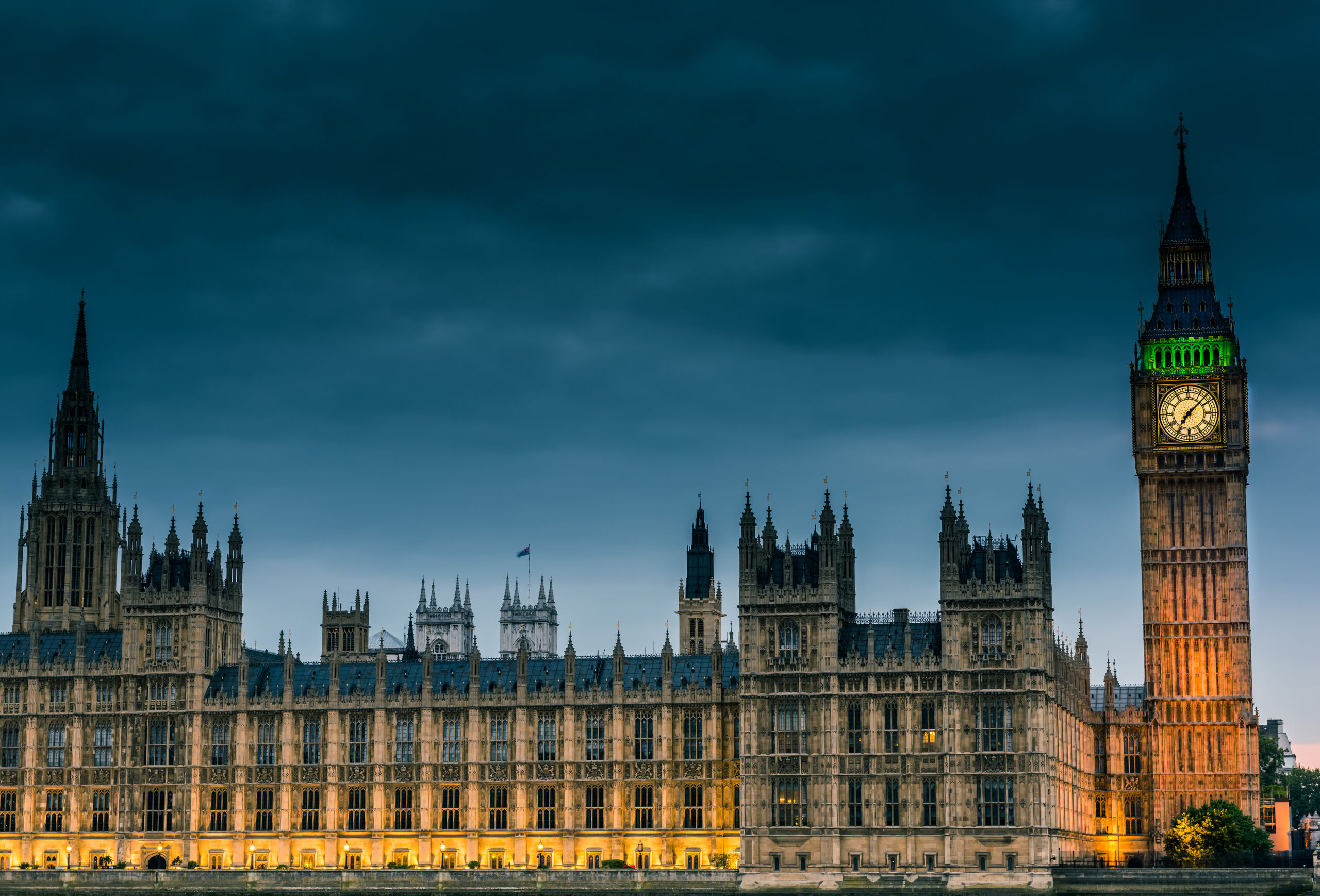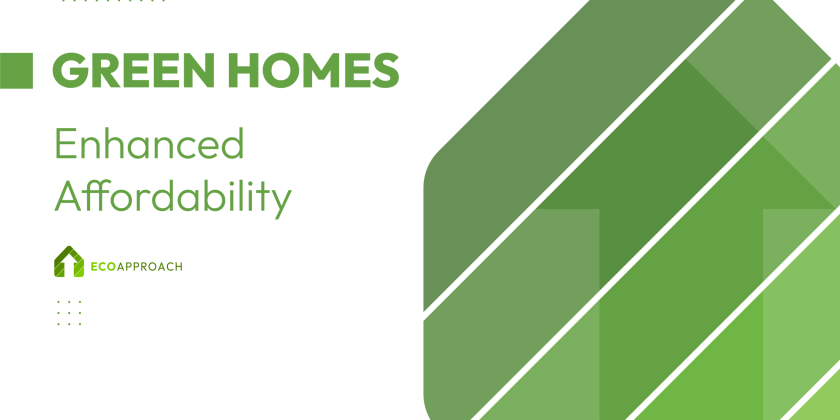The death of two-year-old Awaab Ishak in 2020, caused by prolonged exposure to mould in his social housing flat, was a tragic failure in the UK’s housing system.
Thousands of tenants still live in substandard conditions and Awaab’s Law is set to change this.
This new legislation, phased in today is a landmark moment. It changes the relationship between social landlords and their tenants.
It moves a culture of neglect to one of accountability and urgency.
Housing Secretary Steve Reed commented: “Everyone deserves a safe and decent home to live in and Awaab Ishak is a powerful reminder of how this can sadly be a matter of life or death”.
“Awaab’s family has fought hard for change and their work to protect millions of tenants’ lives will live on as a legacy to their son.
“Our changes will give tenants a stronger voice and force landlords to act urgently when lives are at risk, ensuring such tragedies are never repeated.”
What the Law Demands: Strict Deadlines
Awaab’s Law legally requires landlords to do better. It introduces strict, enforceable timeframes for addressing dangerous hazards.
As the Housing Ombudsman highlights, the goal is to shift the sector’s focus to a proactive, zero-tolerance culture toward hazards.
The law’s first phase focuses on emergency hazards and damp and mould that present a significant risk of harm to the health or safety of the tenant.
The deadlines are non-negotiable:
| Hazard Type | Action | Deadline |
| Emergency Hazard | Investigate and begin safety work to make the property safe. | 24 hours from when the landlord is made aware. |
| Significant Damp & Mould | Investigate the potential hazard. | 10 working days from when the landlord is made aware. |
| Significant Damp & Mould | Provide the tenant with a written summary of the investigation findings. | 3 working days of the investigation concluding. |
| Significant Hazard (If Confirmed) | Begin or take steps to begin relevant safety work to make the property safe. | 5 working days of the investigation concluding. |
If a property cannot be made safe within the timeframes, the social landlord must offer suitable alternative accommodation at their expense.
A Big Shift for Social Landlords
Awaab’s Law marks a turning point. For social landlords, it’s not a matter of updating a policy manual; it requires a cultural and operational overhaul.
- Enforceable Rights: The law adds a new implied term into social housing tenancy agreements. Tenants now have the legal right to take their landlord to court for a breach of contract if they fail to comply with the new deadlines, opening the door for court-ordered repairs, compensation, and legal costs.
- Focus on Vulnerability: Landlords must now consider the specific circumstances of the tenant—such as children, disabilities, or health conditions—which may elevate a standard hazard to an emergency.
- Proactive vs. Reactive: The timeframes effectively mandate a shift from reactive repairs to proactive maintenance. Landlords can’t afford to wait for a complaint to become a crisis; they must identify and remediate to prevent the hazards from recurring.
This legislation serves as the legal backstop so that Awaab’s death can never be repeated. While many landlords already strive for high standards, this law ensures that those who fail to put resident safety first will now face the full force of the law.



